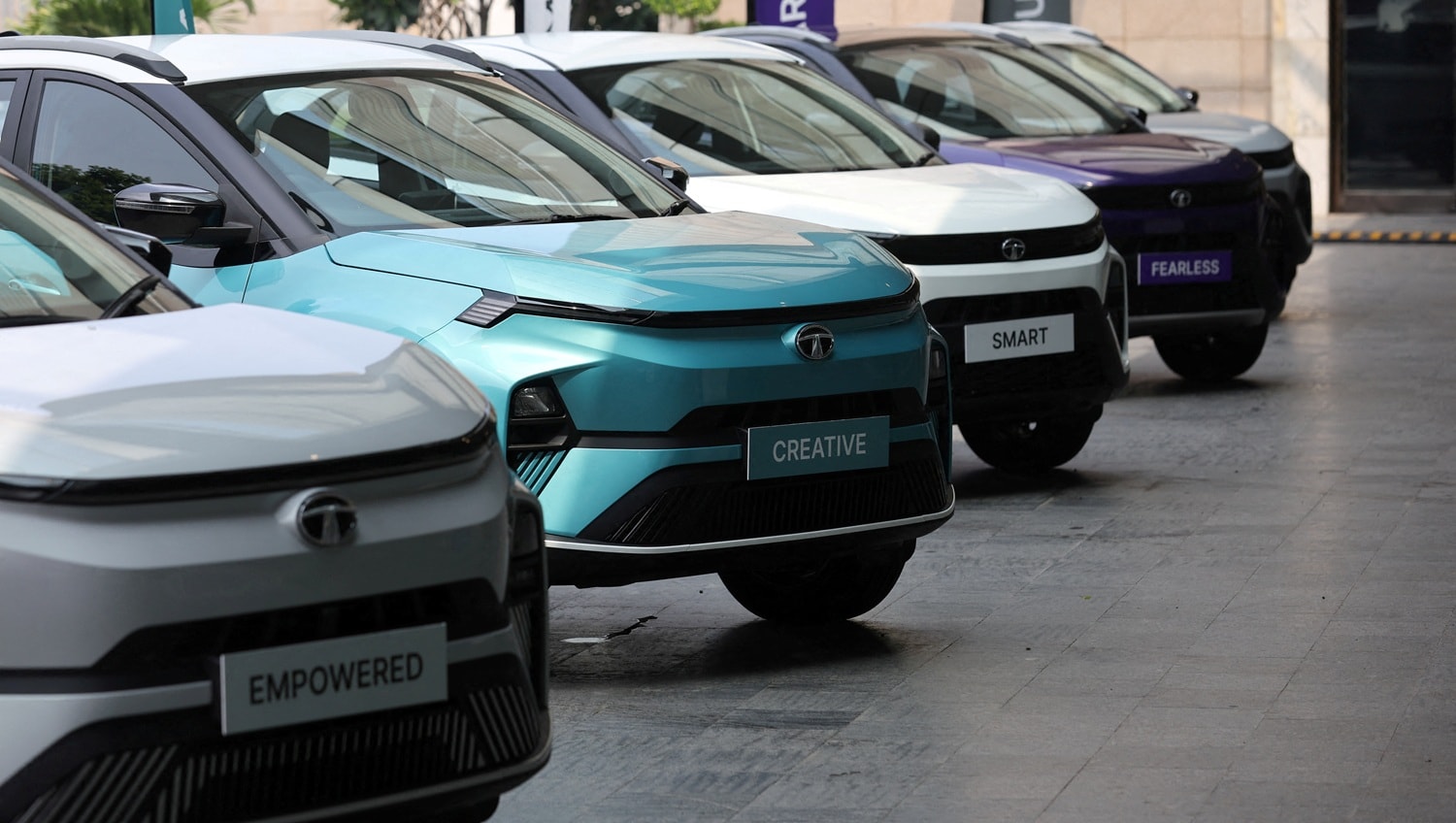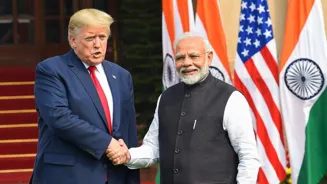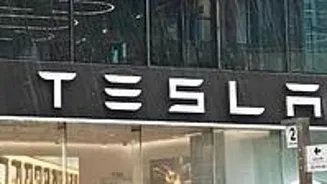The Ministry of Heavy Industries launched PM E-DRIVE on October 1, 2024, replacing the Electric Mobility Promotion Scheme 2024 (EMPS-2024) that ran from April to September 2024.
The scheme will now run until March 31, 2028, but will close earlier if the ₹10,900 crore fund is exhausted. Subsidies for registered electric two-wheelers, e-rickshaws, e-carts, and e-three-wheelers (L5 category) will end on March 31, 2026.
For electric two-wheelers, the subsidy began at ₹5,000 per kWh
Electric rickshaws and passenger/cargo e-autos received ₹5,000 per kWh subsidies in FY25—capped at ₹25,000 and ₹50,000 respectively—also halved from April 2025.
Electric trucks above 3.5 tonnes and up to 55 tonnes gross vehicle weight will get incentives of ₹5,000 per kWh or 10% of the ex-factory price, whichever is lower.
Electric ambulances have a ₹500 crore allocation, with guidelines expected by early 2026. E-buses will be deployed
The scheme allocates ₹3,679 crore for demand incentives (2Ws, 3Ws, ambulances, trucks) and ₹7,171 crore for e-buses, charging infrastructure, and testing upgrades.
Charging infrastructure support includes 22,100 fast chargers for four-wheelers, 1,800 for buses, and 48,400 for two- and three-wheelers, backed by a ₹ 2,000 crore provision.
PM E-DRIVE is part of India’s broader EV strategy, which includes GST cuts on EVs and chargers to 5%, income tax deductions under

















